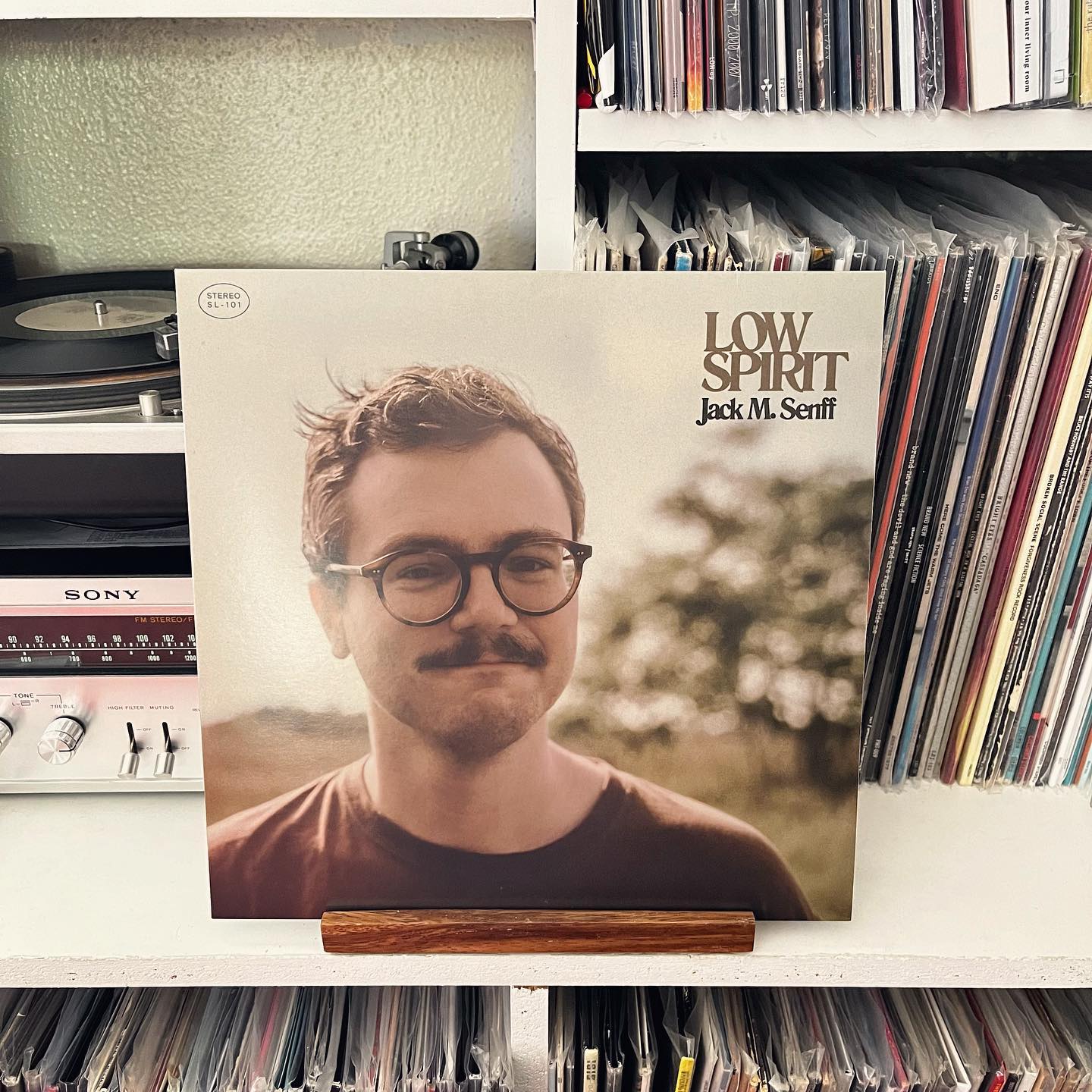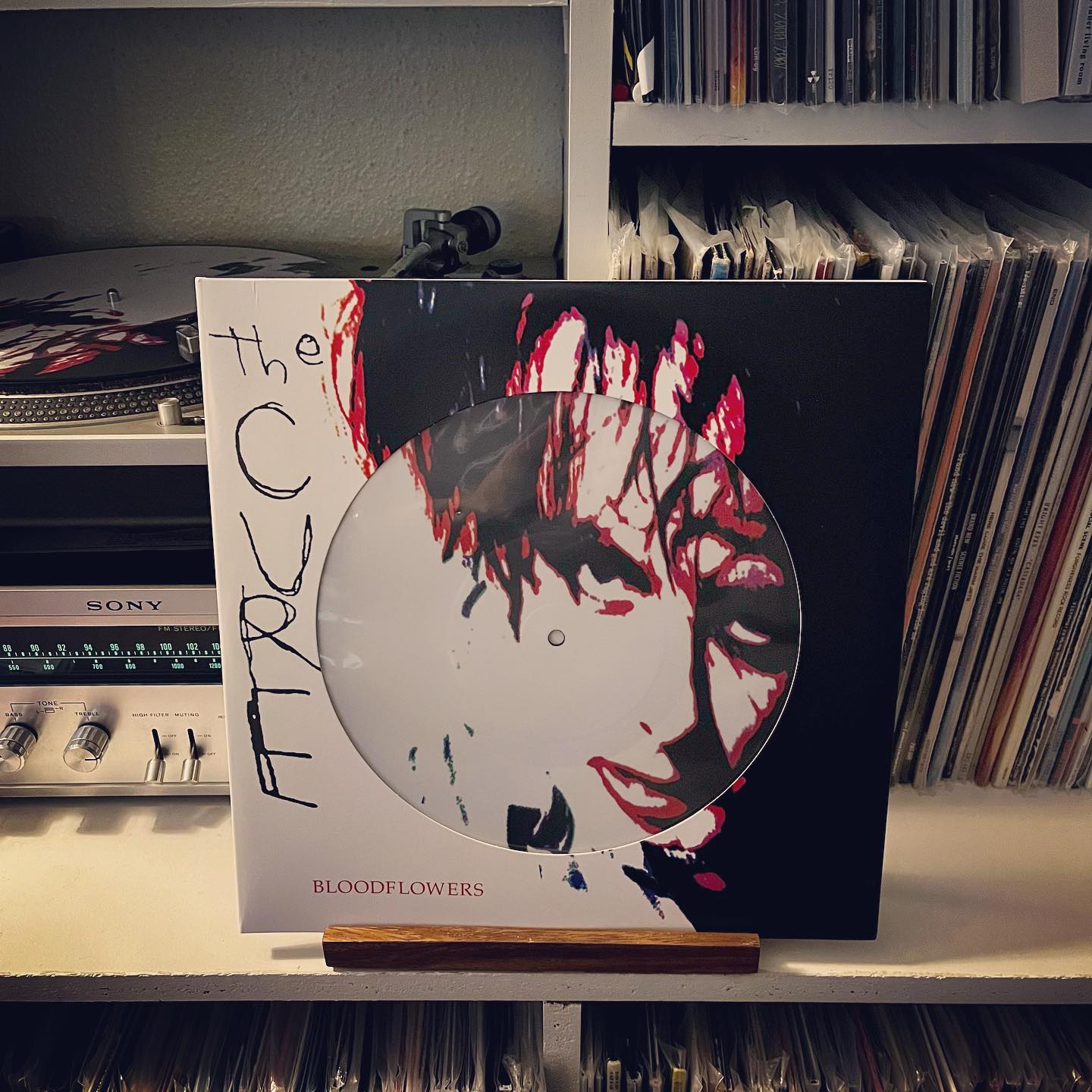
Here’s the big wrinkle in my personal journey as a Cure fan. I’ve spent several of the last posts talking about how I’d mostly ignored the legendary group until recently, barring a few attempts to familiarize myself with their more celebrated records.
Except that I’ve owned a CD copy of their self-titled record since the mid 2000s. At one point, I even owned the maxi CD single for “alt.end,” which includes the excellent B-side “Why Can’t I Be Me?”
As many people have pointed out, though, this album is maybe the least representative thing they’ve put out, sticking out like a raucous sore thumb in their decidedly less noisy catalog, which makes the decision to christen it with their own name curious. But buried beneath the aggressive performances and in-your-face production is a collection of songs that showcase everything that makes the Cure the Cure.






